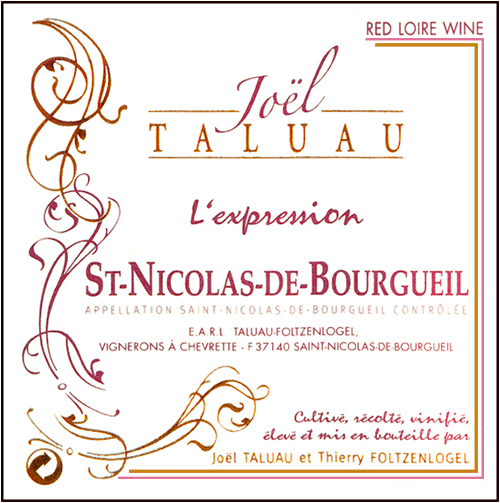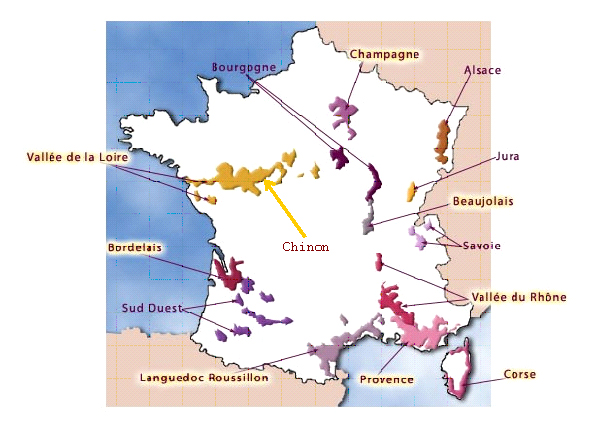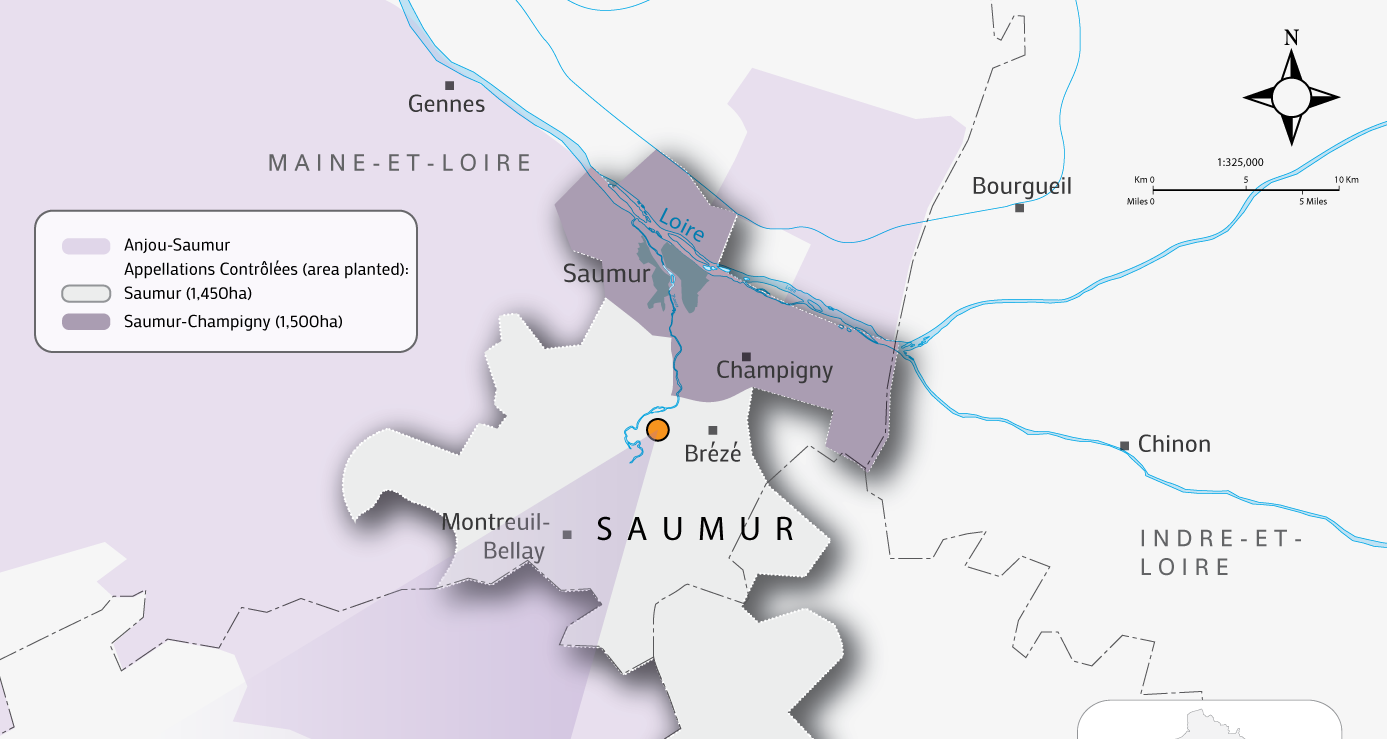A Tale of Three Cab Francs
At last week’s staff tasting, our Regional French Buyer, Keith Mabry, poured us through a crescendo of wines from the Loire Valley. I’ve taken, lately, to calling Keith the Regional French Ninja because of his incredibly encyclopedic wine mind--it sneaks up on you. It’s a quiet but serious force. And it might have nunchucks.
I’ve always had a sweet spot for the Loire Valley. Because it is far north in France (the northwestern limit of viticulture in Europe, with the more recent exception of England), it produces wines with beautiful verve and grace. It is home to an eclectic group of varietals--mainly Melon de Bourgogne, Chenin Blanc, Sauvignon Blanc, Pinot Noir, and Cabernet Franc--but the throughline connecting them is that cool-climate acid core that makes each feel stunningly alive. To give them a common denominator, you could say they are food wines, but they are also, at their best, intellectual wines. They reward a slow, repeated nosing. The best ones make you want to be alone with your glass.
The staff got to comparing the different iterations of Cabernet Franc from Loire--Bourgueil and Chinon and Saumur-Champigny--neighboring appellations that each do this one red grape and do it well. I love Cabernet Franc. It can have depth and elegance, with a satisfying balance of savory and fruited notes. It’s not too heavy but can certainly feel profound and soulful. It ripens earlier than other reds like Cabernet Sauvignon and Merlot, and, as such, it’s often planted as a companion in blends in case the more fickle grapes break the winemaker’s heart. But in the Loire Valley, it has come into its own right. It can ripen in the cool environs of the Loire River, and a more recent turn to lowering yields has provided a distinct uptick in quality across the board. Also PS: it won’t break the bank.
The three appellations produce wines with subtle differences, though soils and winemaking play a big factor in a wine’s character. Bourgueil is located on the north bank of the Loire west of Touraine, and its Cabernet Franc is known for, generally, more tannins and a bit more muscle than Chinon, with a darker fruit profile. The region gets low rainfall, and over half of the vineyards are south facing on gravel and limestone slopes, producing more serious, structured wines. Vineyards near the river have mostly sandy, gravelly soil and produce fruity, easy drinkers. One to try: 2016 Joël Taluau “Expression” St-Nicolas-de-Bourgueil ($12.99). It comes from a gravelly, hilly site and has blackberry, currants, tobacco, and purple floral characteristics on the nose. It has enough grip to be an excellent match with herby lamb chops. Try these Herb-Roasted Lamb Chops from Epicurious.
Chinon, located south of the river in the Touraine district, also produces two different styles of wines--medium-bodied serious wines from the higher clay and limestone slopes and lighter, fruity wines from the sandier soils by the river bed. Chinon can be silky and seductive and commonly taste of pencil lead, raspberries, and sweet red peppers. One to try: 2016 Domaine Noire “Soif de Tendress” Chinon ($15.99). It offers fresh raspberry fruit aromas with floral nuances, sois bois and black tea on the palate with fine-grained tannins on the finish. It’s a sexy wine that will pair up nicely with a porchetta.
Saumur-Champigny, south of the river and west of Chinon, is located on a tuffeau plateau of high limestone, and its wines are generally characterized as fruity and flirtatious, with a lighter body. One to try: 2015 Domaine de l’Enchantoir “Le Pied à L’Étrier” Saumur Puy-Notre-Dame Rouge ($16.99). This is a fun, organic wine that shows the wild side of the grape, with aromas of violet pastille, black licorice, and a touch of rustic funk. I would drink it with a cassoulet.
It’s probably fair to say that the Loire is spiritual home of Cabernet Franc, but the grape can most likely be traced back to Spain’s Basque Country. The early Basque word for it is “Acheria,” meaning fox, and, if you want to anthropomorphize it, it wouldn’t be too much of a stretch to call it clever as a fox. It has made its way around the world, notably on the Right Bank of Bordeaux. It’s had its brushes with fame: it was celebrated by the ribald Rabelais in his writings in the 16th century, and it is the parent of the world-famous Cabernet Sauvignon. But it doesn’t need the fame. It’s a reliably delicious grape that is a mainstay at bistros across Paris and northern France. Silky, balanced, medium in weight but explosively fragrant--it can be a wine for everyday but it’s big on rewards. It also might have nunchucks.
- Kate Soto









